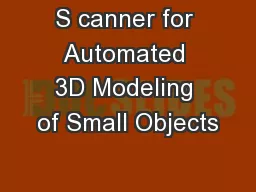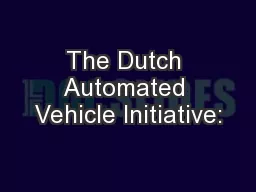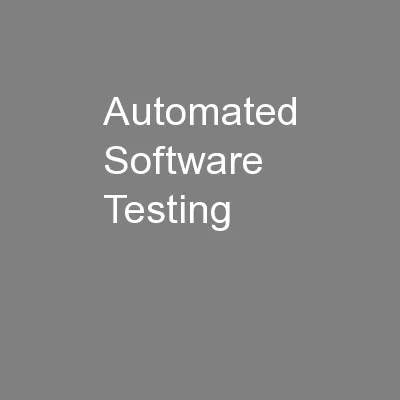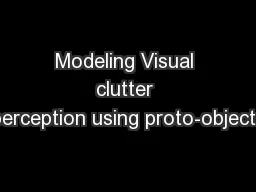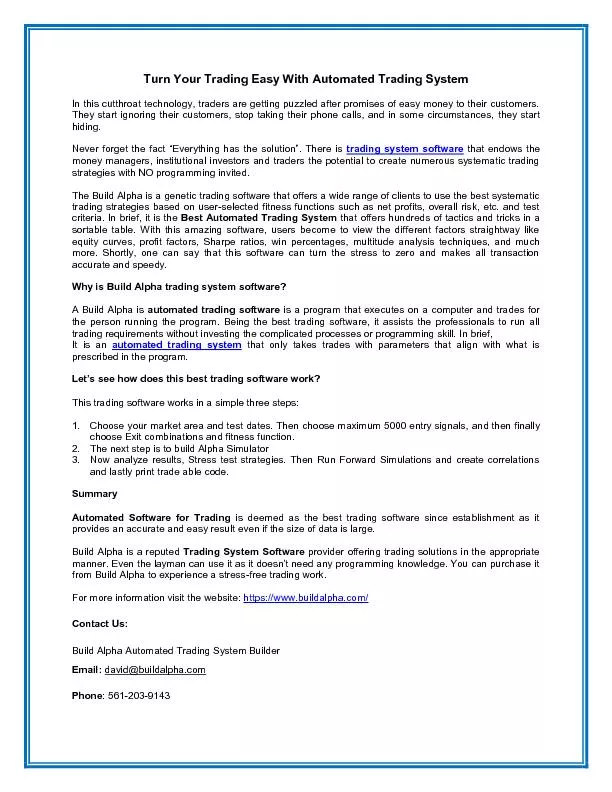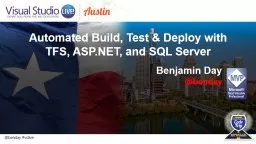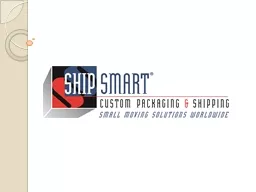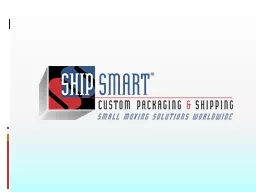PPT-S canner for Automated 3D Modeling of Small Objects
Author : stefany-barnette | Published Date : 2020-01-10
S canner for Automated 3D Modeling of Small Objects Group B CREOL Cary McEwan CPE Sommer Hilliard EE Isaias Velez EE Sam Benjamin PE Motivations 3D printers are
Presentation Embed Code
Download Presentation
Download Presentation The PPT/PDF document "S canner for Automated 3D Modeling of Sm..." is the property of its rightful owner. Permission is granted to download and print the materials on this website for personal, non-commercial use only, and to display it on your personal computer provided you do not modify the materials and that you retain all copyright notices contained in the materials. By downloading content from our website, you accept the terms of this agreement.
S canner for Automated 3D Modeling of Small Objects: Transcript
Download Rules Of Document
"S canner for Automated 3D Modeling of Small Objects"The content belongs to its owner. You may download and print it for personal use, without modification, and keep all copyright notices. By downloading, you agree to these terms.
Related Documents

